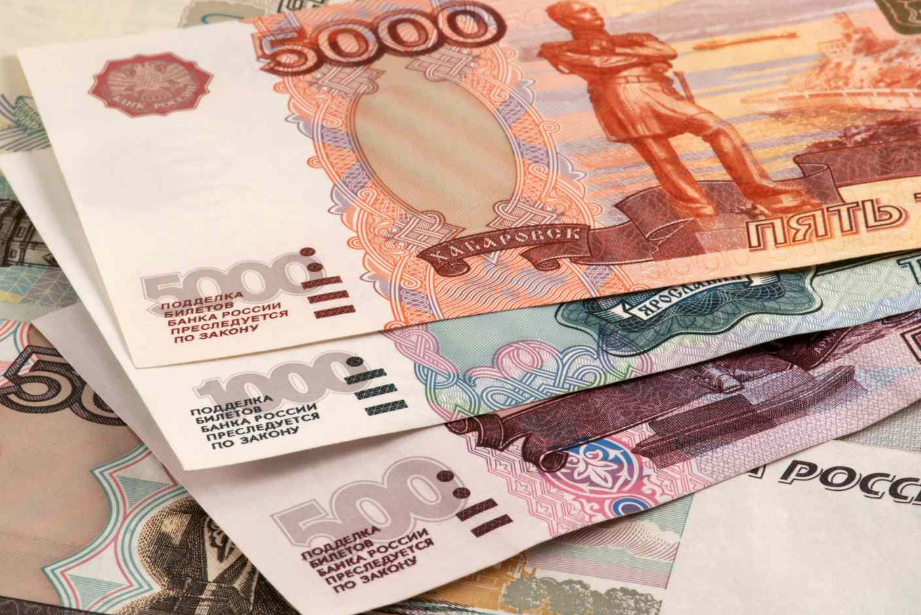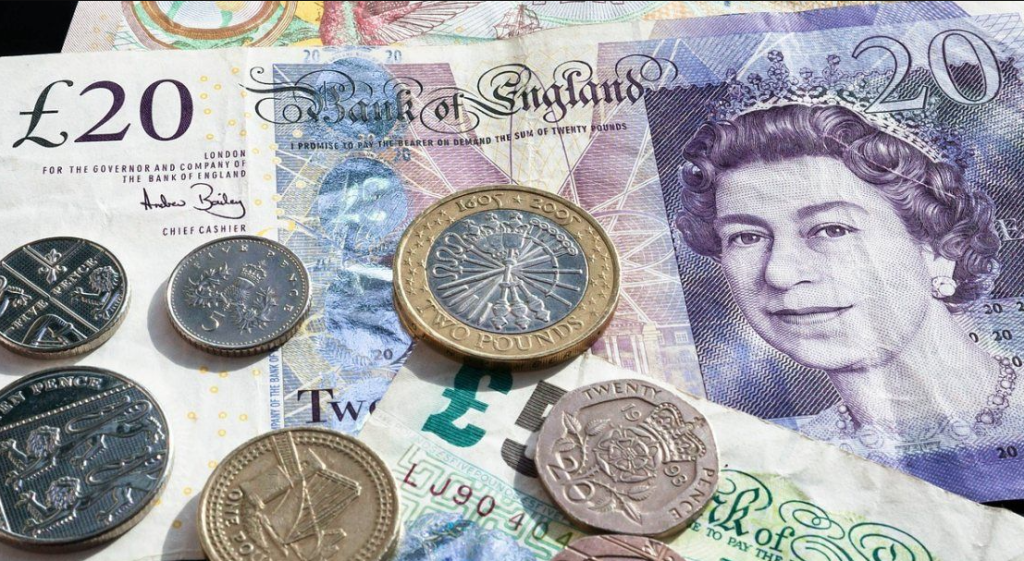The Central African CFA franc serves as the Cameroon National Currency and several other countries in Central Africa. It plays a crucial role in facilitating economic transactions, promoting regional integration, and ensuring monetary stability. In this article, we will explore the Central African CFA franc in detail, including its history, design, monetary policy, economic impact, international acceptance, and more.
History of the Cameroon National Currency
The Central African CFA franc was introduced in 1945 as the official currency of the French colonies in Central Africa. It was created to replace the previous currencies used in the region and to establish a unified monetary system. Initially, the currency was pegged to the French franc at a fixed exchange rate, which ensured stability and facilitated economic ties with France.
Following the introduction of the euro as the common currency of the European Union, the Central African CFA franc maintained its peg to the euro. This transition helped to further stabilize the currency and promote economic cooperation within the region.
Design and features of the Central African CFA franc
The Central African CFA franc is available in both banknotes and coins. The banknotes come in denominations of 10, 25, 50, 100, 200, 500, 1,000, 2,000, and 5,000 francs, each featuring distinctive designs and colors. The coins are available in denominations of 1, 2, 5, 10, 25, 50, 100, and 500 francs.
To ensure security and prevent counterfeiting, the Central African CFA franc incorporates various advanced features, such as watermarks, holograms, and security threads. These measures help to maintain public trust in the currency and safeguard its integrity.
The symbol for the Central African CFA franc is "FCFA," and its currency code is "XAF." These identifiers are used in financial transactions and exchanges to denote the currency.
Monetary policy and regulation
The Central Bank of Central African States (BEAC) is responsible for the monetary policy and regulation of the Central African CFA franc. The bank plays a crucial role in maintaining the stability of the currency, managing the money supply, and ensuring price stability within the region.
The Central African CFA franc operates under a fixed exchange rate regime, which means its value is pegged to the euro. This exchange rate arrangement provides a predictable and stable environment for economic activities and international trade.
Currency stability is essential for fostering investor confidence, attracting foreign investments, and promoting economic growth in Cameroon and other countries using the Central African CFA franc.
Economic impact of the Central African CFA franc
The Central African CFA franc plays a vital role in facilitating trade and commerce within the region. Its stability and fixed exchange rate regime promote economic integration and eliminate exchange rate risks, making it easier for businesses to operate across borders.
The currency also encourages investment and economic development by providing a stable monetary framework. It allows businesses to plan their investments and financial activities with confidence, knowing that their assets will retain their value over time.
However, the Central African CFA franc has faced some criticism and challenges. Critics argue that the currency's peg to the euro limits the ability of member countries to implement independent monetary policies tailored to their specific needs. Some also believe that the currency's dependence on France and its former colonial ties restricts economic sovereignty.
International acceptance and influence of Cameroon National Currency
Although primarily used in the Central African Economic and Monetary Community (CEMAC), the Central African CFA franc is also accepted in other countries and regions. It is widely used in transactions with neighboring countries, as well as in international trade and finance within the region.
The Central African CFA franc is part of a larger monetary cooperation framework known as the West African Economic and Monetary Union (WAEMU). This union promotes cooperation and coordination between the countries using the West African CFA franc and the Central African CFA franc, enhancing economic integration and regional stability.
In the future, there are discussions and plans to further strengthen the regional monetary cooperation and potentially introduce a new currency for the entire Economic Community of Central African States (ECCAS). These developments aim to enhance economic resilience, expand the currency's influence, and promote regional development.
FAQs
- What is the current exchange rate of the Central African CFA franc?
The exchange rate of the Central African CFA franc to other currencies, such as the euro or the US dollar, fluctuates regularly. It is recommended to check with financial institutions or online currency converters for the most up-to-date rates.
- Can the Central African CFA franc be used outside the region?
While the Central African CFA franc is primarily used within the Central African Economic and Monetary Community (CEMAC), it can be accepted in certain transactions outside the region. However, its acceptance may be limited, and it is advisable to check the local currency requirements of the specific country or region.
- How does the Central African CFA franc impact economic growth in Cameroon?
The Central African CFA franc provides stability and a reliable monetary framework, which encourages economic growth in Cameroon. It facilitates trade, attracts investments, and promotes financial stability, all of which are essential for economic development.
- Is the Central African CFA franc backed by a reserve?
Yes, the Central African CFA franc is backed by a currency reserve held by the Central Bank of Central African States (BEAC). This reserve helps to ensure the stability of the currency and provides a guarantee for its value.
- Are there any plans to change or replace the Central African CFA franc?
There have been discussions about the possibility of introducing a new currency for the entire Economic Community of Central African States (ECCAS). However, any potential changes or replacements would require careful consideration and coordination among member countries and relevant stakeholders.
Conclusion
The Central African CFA franc serves as the national currency of Cameroon and several other countries in Central Africa. It plays a crucial role in facilitating economic activities, promoting regional integration, and ensuring monetary stability. The currency's history, design, monetary policy, economic impact, and international acceptance demonstrate its significance in the region. While there are challenges and discussions about potential changes, the Central African CFA franc continues to contribute to economic growth and development.
References:
- African Development Bank Group. (2019). Economic Outlook: Central Africa. Retrieved from https://www.afdb.org/fileadmin/uploads/afdb/Documents/Publications/AEO_2019-Central-Africa-Regional-Report-EN.pdf
- Bank of Central African States. (n.d.). Presentation of the CEMAC Banknotes and Coins. Retrieved from http://www.beac.int/Default.aspx?tabid=266
- Central Bank of Central African States. (n.d.). Monetary Policy Framework. Retrieved from http://www.beac.int/Default.aspx?tabid=95

